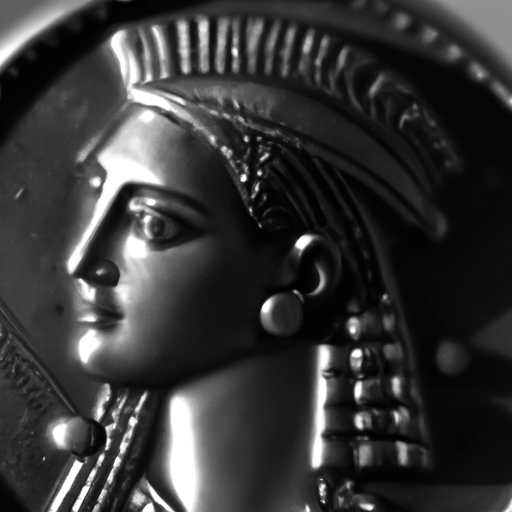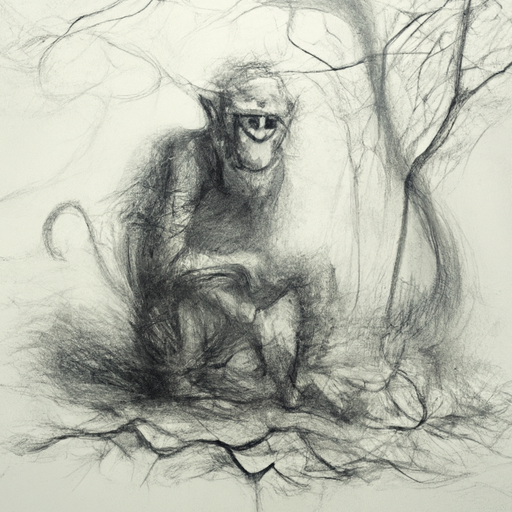Facts
The Voynich Manuscript: Unveiling the World’s Silliest Mystery
FACTS:
The Voynich Manuscript, an ancient book full of mysterious text and illustrations, has captivated scholars, cryptographers, and amateur enthusiasts for centuries. Named after Wilfrid Voynich, a rare book dealer who purchased it in 1912, the manuscript holds the distinction of being one of the most enigmatic documents ever discovered. The authorship, date of creation, and purpose of the manuscript remain unknown, making it a true puzzle for those seeking to decipher its secrets.
One of the most perplexing aspects of the Voynich Manuscript is its indecipherable language. The text is composed of around 170,000 characters that resemble a unique alphabet or code, eluding all attempts at translation. Linguists, mathematicians, and computer scientists have all tried to unravel the manuscript’s linguistic riddle to no avail. Despite various theories and claims of breakthroughs, no conclusive evidence has emerged to shed light on the meaning behind the strange words and phrases scattered throughout its pages.
HISTORY:
The early history of the Voynich Manuscript is shrouded in mystery. The earliest confirmed owner of the manuscript was the Holy Roman Emperor Rudolf II in the late 16th century. However, the trail goes cold until the 17th century when the Jesuit scholar, Athanasius Kircher, allegedly managed to obtain the manuscript. For years, the manuscript was held within Kircher’s extensive collection of curiosities before it disappeared into obscurity for several centuries.
In 1912, Polish book dealer Wilfrid Voynich, after whom the manuscript is named, stumbled upon the mysterious document. Although the exact circumstances of the find are unclear, Voynich recognized the manuscript’s potential value and brought it to the attention of the academic community. Since then, the Voynich Manuscript has passed through the hands of several collectors and institutions. Today, it rests safely within the Beinecke Rare Book and Manuscript Library at Yale University, where it continues to fascinate and baffle researchers and enthusiasts alike.
MYSTERY:
The Voynich Manuscript’s greatest allure lies in the multiple layers of mystery it presents. Beyond the undecipherable text, the manuscript contains intricate illustrations of peculiar plants, celestial charts, and even what appear to be bathing nymphs. The depictions are highly detailed, often portraying unidentified species and landscapes that defy identification by experts in botany and geography. Some have speculated that these illustrations could be encrypted messages or representations of a lost world, fueling the enduring fascination surrounding the manuscript.
The enigmatic nature of the Voynich Manuscript has spurred numerous theories about its origin and purpose. Some hypothesize that it was authored by an eccentric philosopher seeking to impart esoteric knowledge or a talented forger attempting to deceive gullible collectors. Others suggest the manuscript might be a collection of herbal medicine recipes, an alchemical treatise, or even an extraterrestrial communication. Yet, without tangible evidence or scholarly consensus, these conjectures remain speculative at best.
In conclusion, facts and history intertwine with the mystery of the Voynich Manuscript to create a truly enigmatic puzzle that stands the test of time. Despite the immense efforts invested in decoding its secrets, the manuscript continues to defy comprehension, leaving us with a tangible testament to the limits of human knowledge. Whether it is a genuine code waiting to be cracked or an elaborate hoax, the Voynich Manuscript remains an object of intrigue, deserving its place as a revered enigma in the annals of manuscripts and cryptography.






